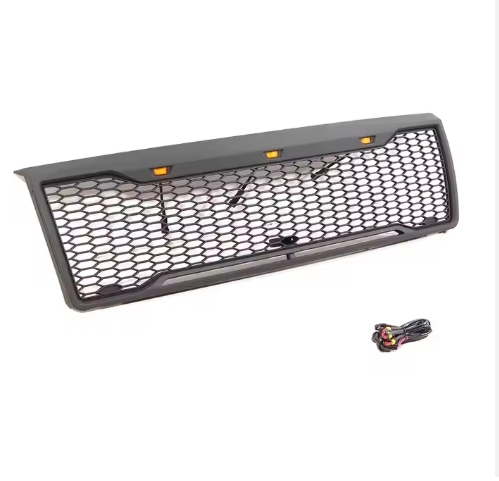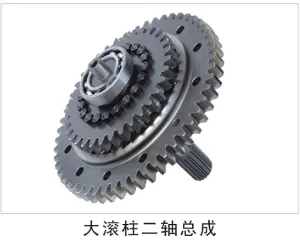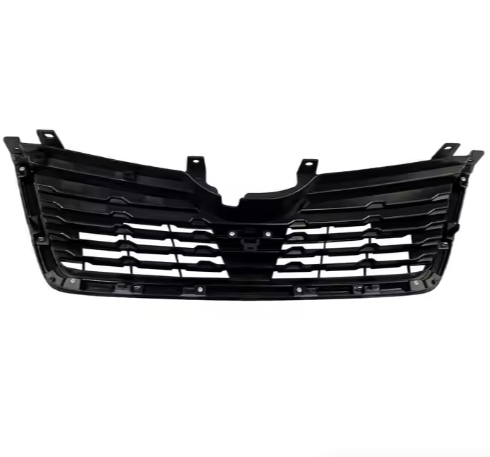[Popular Science] Rational analysis and popular science on the problem of burning oil in B48TU [Updated principle on February 15]
First of all, I wish you all a happy Lantern Festival. Even if you burn engine oil, you should also be happy. According to the information of several great gods in the forum recently, and collecting the oil consumption of car owners around you and in the forum, there are several new conclusions. In addition, the reasons for burning engine oil are also updated in the following "part 8, possible causes of burning engine oil".
Let's start with some of the latest conclusions:
1. Seawinds dismantled the valve chamber cover of B48 (not B48TU) and disassembled the oil-gas separator (for low-load self-priming mode and high-load supercharging mode respectively). In low-load self-priming mode, B48 has two separation links: "labyrinth separation" and "air-impact separation". In high-load supercharging mode, B48 has only one piece of filter cotton (yes, you read it correctly, it is filter cotton like a sponge. ). It can only be said that BMW is really good enough to reduce costs.
2. Although the great god's disassembly is not B48TU's, it is speculated that the difference between B48 and B48TU in the valve chamber cover will not be very big, so it should have a certain reference. Well, this may not be good news for the owner of the B48.
3. With regard to the fact that there is no extensive burning oil in B48 and the emergence of B48TU, it is speculated that GPF increases the exhaust back pressure and further increases the waste gas volume of the crankshaft fume box (but this should not be the only reason, otherwise it is impossible to explain why the 3 series without GPF is also burned). It is estimated that another reason is that the previously speculated B48TU increases the intake pressure and other factors.
4. It is speculated that if B48TU often runs at high speed and national highways, the oil consumption is relatively small (it should be better for oil and gas separation under this condition), but under low load conditions such as idle speed and urban stop-and-go conditions, the oil consumption will be relatively large. It seems that German cars are still suitable for German road conditions. This is my forum asked some riders, and asked some B48TU riders around, a preliminary summary, more than a dozen samples, not very many, can only be regarded as semi-speculative.
In the eighth part, we update some pictures and principle analysis of the dismantling of the Great God.
–
Update on January 21, 2022:
Thanks to many riders for their support and encouragement, this post is to hope that the truth will not be covered up. But what is unexpected (or not so unexpected) is that after I posted this post, a large number of "selected" posts with pictures from a few months ago in the forum have been pushed up, and the 5-series forum has not had so many "grand events" with stickers for a long time.
I really did not expect, a small post, can cause such a big response, in the end what are you afraid of? It's really interesting, those accounts posted by "selected", thank you for your hard work.
–
The following original post:
With regard to the issue of B48TU burning engine oil (actually abnormal oil consumption), I did not intend to post a special post, but recently I saw the questions raised by all riders in the forum, and there are some riders who were kept in the dark, so I still hope to talk about the problem of B48TU burning engine oil completely and analyze this problem objectively and rationally. I hope this post can be seen by more car owners, really, I just hope that our car owners will not be fooled by the manufacturers, but the manufacturers will be happy. Car owners should get the most basic respect as consumers.
I have two B48TU cars, a 21 530i (B48B20B high power engine) and a 20 X4 (B48B20A low power engine). It is precisely because I like BMW that I buy two, so there is no need to hack or blow BMW. However, I think it is really unkind for BMW to cover up the problem of burning oil by adding more oil and fooling so many domestic car owners (the key is only to increase the amount of oil in the Chinese market), so I want to complete the whole problem and make it clear through this post.
The post may be a little long, but if you read it patiently, you can judge for yourself whether B48TU burns engine oil or not.
–
I. distinguish between B48 and B48TU engines
At present, we often talk about B48 engine, in fact, there are two generations. Starting around 2016, it is the first generation of B48; starting around 2019, it is the second generation of B48TU. Although the B48TU has been installed gradually since 2019, the timing of B48TU in different cars is different, which will be specified later.
B48TU is actually a technical upgrade of B48, with the two letters TU, which stands for "Technical Update". B48TU does improve over B48 in many ways, such as crankshaft weight loss, cylinder block upgrade, cylinder head upgrade, timing chain mechanism upgrade, cooling system upgrade, fuel injection pressure increase, ignition voltage increase, and so on.
The question of whether there is oil burning is now widely discussed, focusing on the B48TU engine rather than the B48 engine. So first of all, we have to distinguish between the two engines, the simplest way to distinguish is to open the engine cover, face the front, see the engine decoration cover above, the letters "TwinPower Turbo" are arranged horizontally or vertically. Horizontal is B48TU (now called oil-burning), vertical is B48 (there are two kinds of lids, which have nothing to do with oil-burning this time).
For what B48TU has been upgraded compared to B48, and the distinction between lids, the following figure:
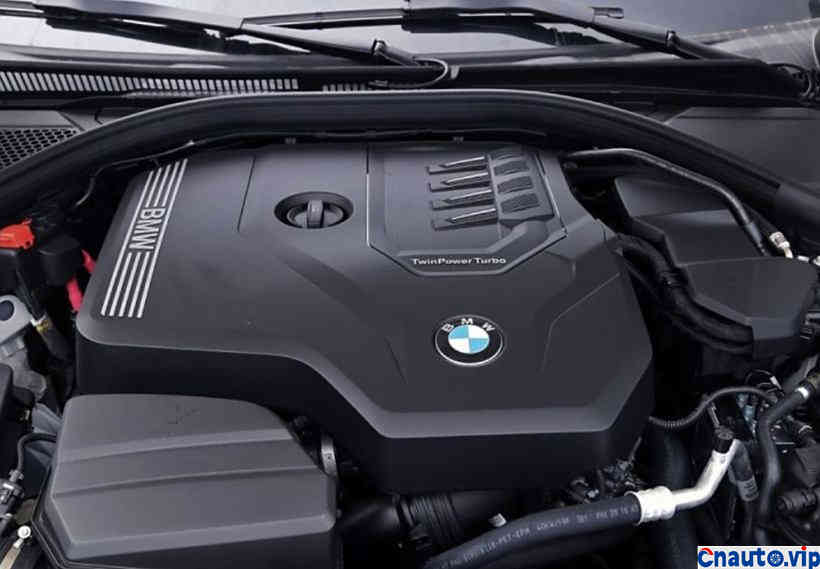
This is B48TU TwinPower Turbo. The letters are horizontal. At present, the engine oil burners under discussion are all like this. If they are not like this, there is no need to worry about them.
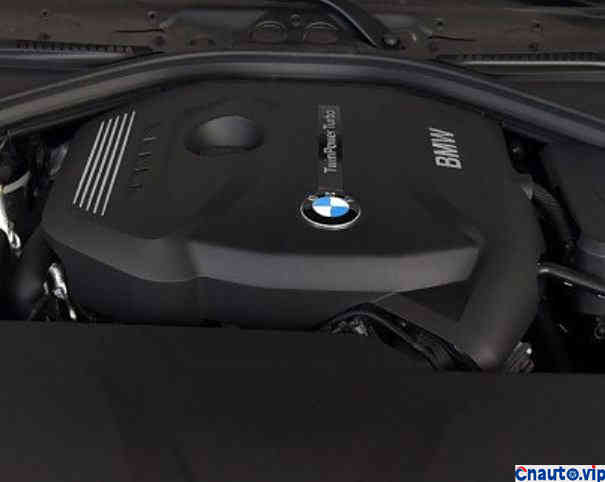
This is B48 (the original B48), and the letters TwinPower Turbo are vertical.
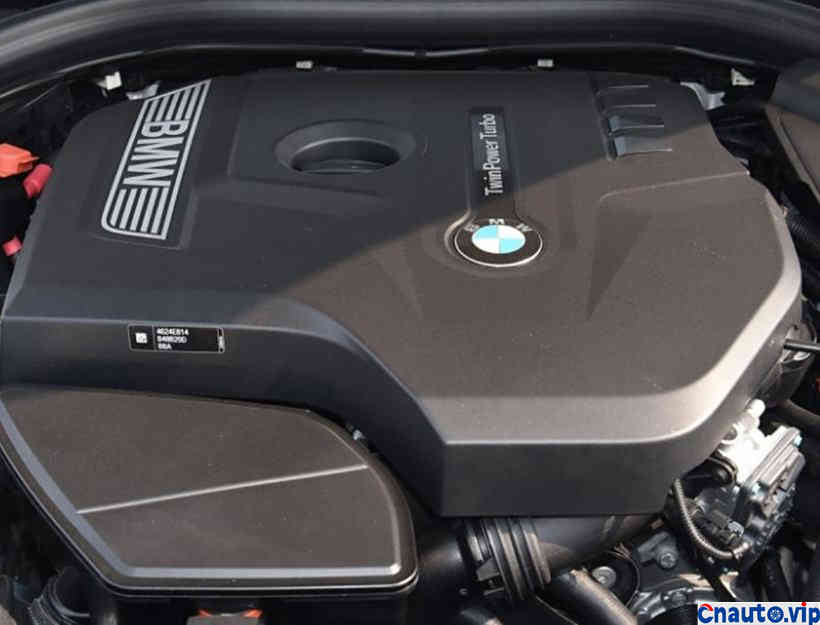
This is also B48 (but the appearance of the decorative cover has been changed from the original B48), and the letters TwinPower Turbo are still vertical.
–
II. Loading time of B48TU engine
Although the B48TU engine came out around 2019, the loading time is different for different cars. As far as I know:
1. Long shaft 5 series, before 2020 (including 2020), all use B48 engine. Starting with the 2021 model, use B48TU.
2. Standard shaft 5 series, before 2019 (including 2019), all B48 engines are used. Starting with the 2020 model, use B48TU.
3. X4, before 2019 (including 2019 models), all B48 engines were used. Starting with the 2020 model, use B48TU.
4. 3 series, the new three series of the current generation, has been using B48TU since it was put on the market in 2019
Although the B48TUBG 3 series was first used, other cars followed suit one after another. Therefore, at present, the oil burning problem of the 3 series is the most serious, and there will be some cases in other cars one after another, but there has not been a concentrated outbreak.
–
III. The A, B, C and D numbers of B48TU engines and their corresponding meanings
The distinction between B48 and B48TU has been described in detail above. Looking at the nameplate on the door, the driving license and the engine number on the green book alone, there is no way to distinguish between B48 and B48TU, but only which one of the ABCD.
With regard to the B48TU engine, the numbers are B48B20A, B48B20B, B48B20C, and B48B20D, all the same in front of them, distinguished by the last letter. The four letters represent:
A: imported low power engine (my low power X4 ends with A).
B: imported high-power engine (my 530i is the end of B).
C: domestic low power engine (the long shaft 525Li after 21 should be C).
D: domestic high-power engine (the long-shaft 530Li after 21 should be D).
In principle, low-power models use A (imported BMW) and C (domestic BMW), while high-power models use B (imported BMW) and D (domestic BMW).
However, due to the early engine capacity, it is normal for domestic cars to use imported B engines and low-power vehicles to use high-power D engines before 2021. So if you want to determine which of your engines belong to A, B, C or D, just look at the nameplate on the door.
–
IV. The phenomenon of B48TU burning engine oil
With regard to the burning of engine oil by B48TU, the main performances are as follows:
1. There are oil stains or obvious carbon deposits in the first and second cylinder spark plugs.
2. During a maintenance cycle, the electronic oil ruler decreased significantly (as for how much the decrease is burning, the following is explained).
3. There is a rapid increase in carbon deposition in the cylinder (as long as the car is driven, there must be carbon deposition. I'm talking about carbon deposition that increases much faster than normal).
There are also a lot of posts about oil burning in B48TU engines. At present, they are mainly concentrated in 3 series, but there are also 6GT.
Below are two photos of my own car, each with spark plugs of about 20,000 kilometers.

This is my own B48B20B, high-powered B48TU engine, 20300 km spark plug removed. The two on the left are 1 and 2 cylinders, and there is oil at the screw port of the spark plug, of which the spark plug of cylinder 1 is the most serious, and there is oil in the whole thread port.

This is my own B48B20A, low power B48TU engine, spark plugs removed about 21000 kilometers, the first and third are 1 and 2 cylinder spark plugs. The screw orifice near the electrode also has oil, but it is significantly less than that of B48B20B.
–
How to check the electronic oil dipstick and how to judge the amount of remaining oil
Today's BMW does not have a mechanical oil dipstick, so the amount of oil is seen through the electronic oil dipstick inside the engine. BMW's electronic oil dipstick, between the "minimum" and the "maximum", has a total of 4 frames, each corresponding to about 0.25L of oil. The specific correspondence is as follows:
The "minimum" is increased by 1 grid (1 stroke 4), which represents the remaining 4L-4.25L of the engine oil.
The "minimum" goes up by 2 frames (half), which represents the remaining 4.25L-4.5L of the engine oil.
"minimum" goes up by 3 squares (3×4), which represents the remaining 4.5L-4.75L of the oil.
The "maximum" position represents that the remaining oil is more than 4.75L
For the time being, we do not consider the residual oil when we put the oil. By default, we put it until basically no oil is dripped.
According to the corresponding relationship above, we can know the amount of remaining oil. PS, which is based on the version of the car prior to 07Compact 21, it is not known whether BMW will later change the relationship between the electronic oil dipstick and the remaining amount of oil to make the car look like no oil consumption.
The specific correspondence is shown in the following figure:
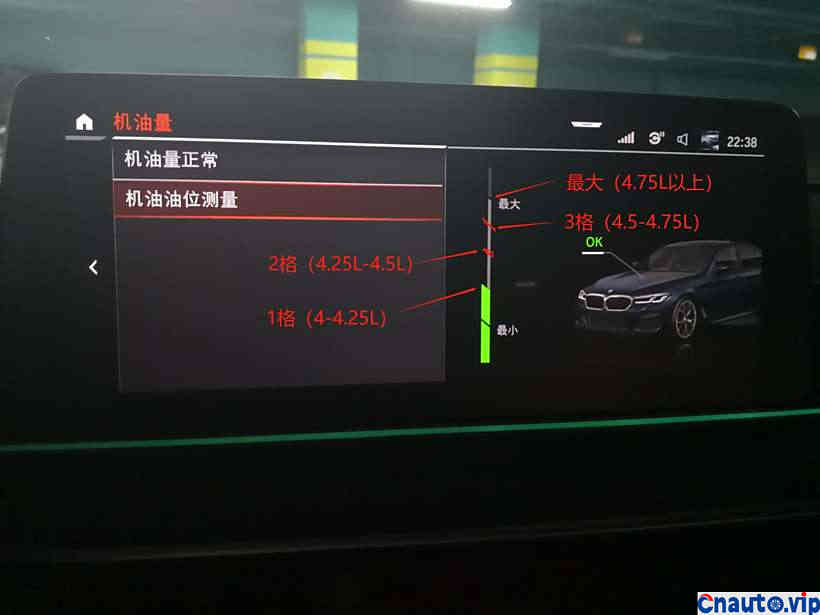
From minimum to maximum, a total of 4 squares, the corresponding oil quantity relationship is shown in the figure above.
–
6. Why is it said that the official addition of 5.75L oil is not good?
From the correspondence of the electronic oil dipstick above, we can see that when the oil is more than 4.75L, the electronic oil dipstick has reached the "maximum" position. If more than 4.75L is added with extra oil, there will be no special hint on the oil ruler. In other words, whether you add 5L, 5.25L or 5.75L, the oil ruler will be displayed in the "maximum" position. At this time, the car owner has no way to directly see from the oil ruler how much oil has been added.
So, at this time, the official operation came, the original maintenance official required to add 5.25L oil, and then many car owners responded to the drop of the electronic oil ruler. Instead of trying to find a way to analyze the reasons for the drop in the oil ruler, the authorities directly increased the amount of oil during maintenance from 5.25L to 5.75L, which successfully masked the problem of excessive oil consumption (although officials did not expect that there were car owners who understood cars and made this wave of operations public).
The official principle of this operation is very simple: if you add 5.25L oil before, if you consume 0.5L, the oil dipstick will fall to the position of 3pm and 4 (drop 1 frame). But if you add 5.75L of oil, you have to consume 1L of oil to show a grid of oil.
Therefore, it is not accurate for many car owners to judge whether or not to burn engine oil just by looking at whether they have dropped the electronic oil dipstick, and this is exactly what the authorities want.
If you want to know how much oil is consumed, you must see how much oil is added during maintenance and the work order. If you just look at the oil ruler and feel that it didn't fall off much, but you don't burn it happily, that's self-deception.
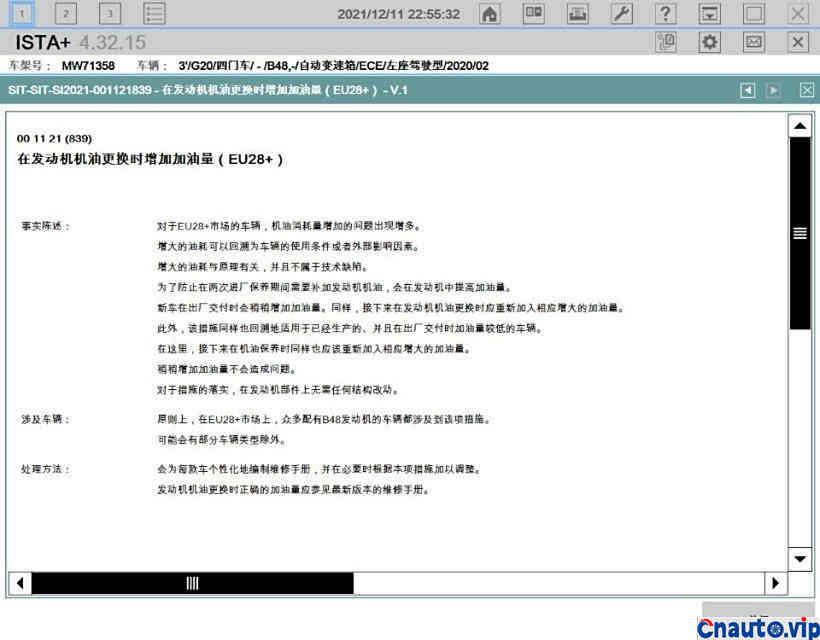
This is what BMW officials say is to increase the amount of oil to some B48 engines. New cars will also be added when they leave the factory (so some people say that new cars will not be burned, it is very likely that the factory has already increased to 5.75L).

From 5.25L to 5.75L, in addition, do you understand, this is for the Chinese market! The majority of car owners, this is still acceptable?
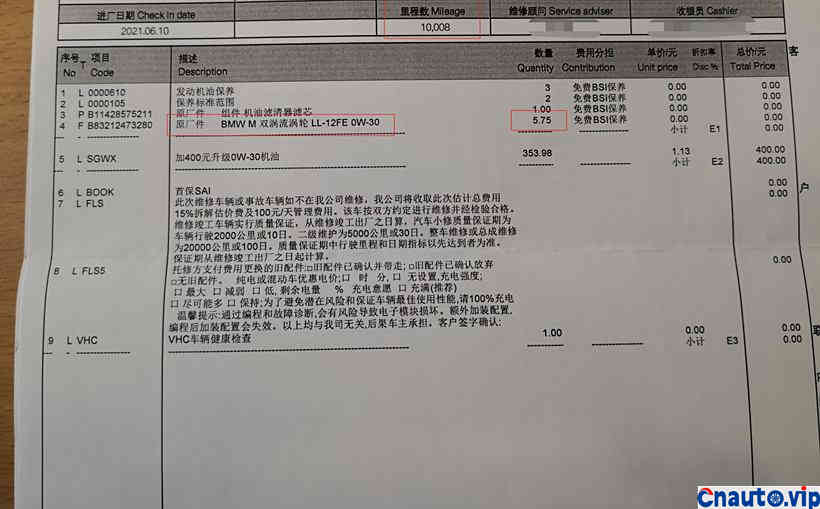
My maintenance work order at the time of first insurance, 5.75L oil, is in sight. So you need to know how much oil is added to your car and pay close attention to the work order when maintaining it.
–
VII. Possible malpractice and harm of adding more engine oil
1. Engine and three-way catalytic damage (according to BMW's own official manual)
2. It may increase the probability of GPF clogging or shorten the life of GPF.
3. The seals of the engine are subjected to greater pressure and shorter service life.
4. feel that the throttle becomes heavier, the throttle response becomes slower, and the driving experience is reduced.
5. Increased fuel consumption
6. Increase carbon deposition in cylinder and shorten engine life.
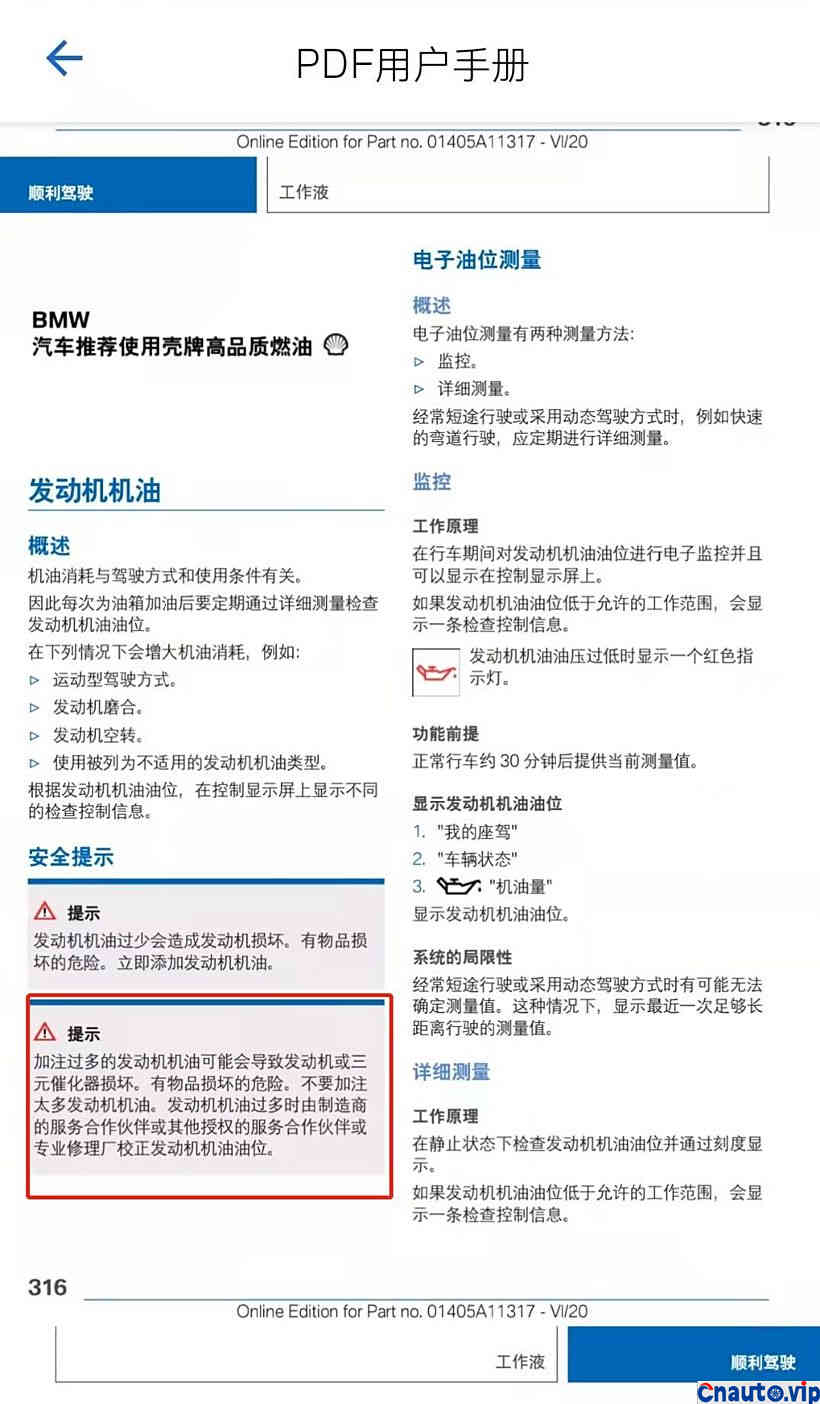
BMW wrote it itself in its user manual that adding too much oil is harmful.
–
8. Possible causes of burning engine oil (I am not an automobile professional, I have a little understanding of engine principle, more information is based on the analysis of all parties in the forum)
1. It may be due to the defects in the design of the oil-gas separator, only the separation means with poor separation effect are used. The normal oil-gas separator will separate the mixture of gasoline, oil and water vapor in the crankshaft ventilator, separate the oil steam and let it flow back to the oil system, and send the gasoline steam back to the cylinder through the intake system to burn. However, the separation effect of B48TU separator is poor, resulting in incomplete separation of engine oil. (if B48TU uses the same oil-gas separator as B48, then the basically high-load pressurization mode has only a simple filter cotton in the oil-gas separation part.)
2. In the low-load self-priming mode, B48TU may have used "labyrinth separator" and "air-impinging separator" with relatively low separation efficiency (not necessarily accurate according to the disassembly conjecture of B48); in the high-load supercharging mode, it may be more perfunctory, using only a simple filter cotton (not necessarily accurate according to the disassembly conjecture of B48). From the point of view of separator design, it is reasonable to filter better in self-priming mode, but somehow the B48TU seems to burn more at low speed (it is speculated that the intake pressure is higher at low load and the air velocity is too fast, resulting in too much time to separate the oil steam); or it is also possible that in the high-load separator part, the settling chamber behind the filter cotton can condense most of the oil, so the oil stain is obvious.
3. It is possible that the B48TU engine increases the fuel and intake pressure, which further burns the unseparated oil steam through the intake cylinder of the intake system, resulting in excessive oil consumption.
4. It is possible that the low ash oil currently used has a relatively low flash point and high evaporation loss, so it is difficult to be completely separated under high temperature and high pressure like B48TU (like liquid with low boiling point, it is more difficult to be distilled), and then superimposed with a separator (or filter cotton) with poor separation effect, it will burn seriously.
In the past, the reason why EA888 burned engine oil was because it used a labyrinth separator with poor separation effect. later, Volkswagen added a "cyclone separator" with better separation effect on the basis of the labyrinth separator, thus solving the problem of EA888 burning engine oil. Now the BMW B48TU is doing this, very much like the previous EA888. (now it seems that if the supercharged B48TU has only one filter cotton for oil and gas separation, it is really not as good as EA888.)

This is the oil and gas separator of B48 dismantled by Seawinds in low-load self-priming mode, first labyrinth separation, then air-impinging separation. The separation of oil and gas is relatively complete, and there are basically no oil stains in the outlet channel.
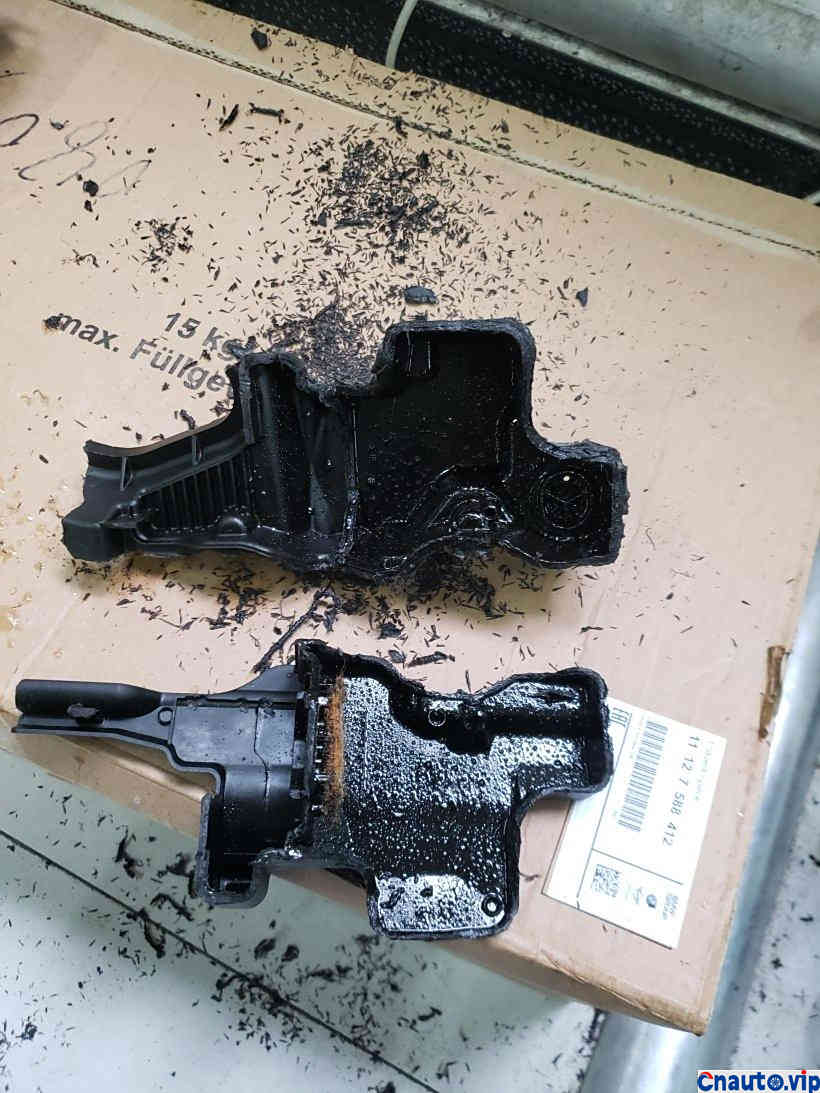
This is the oil-gas separator of the B48 dismantled by Seawinds in high-load pressurization mode (if a filter cotton is an oil-gas separator. ). We can see that there is still a lot of oil in the place where the gas is out, and I don't know how much has not been separated.
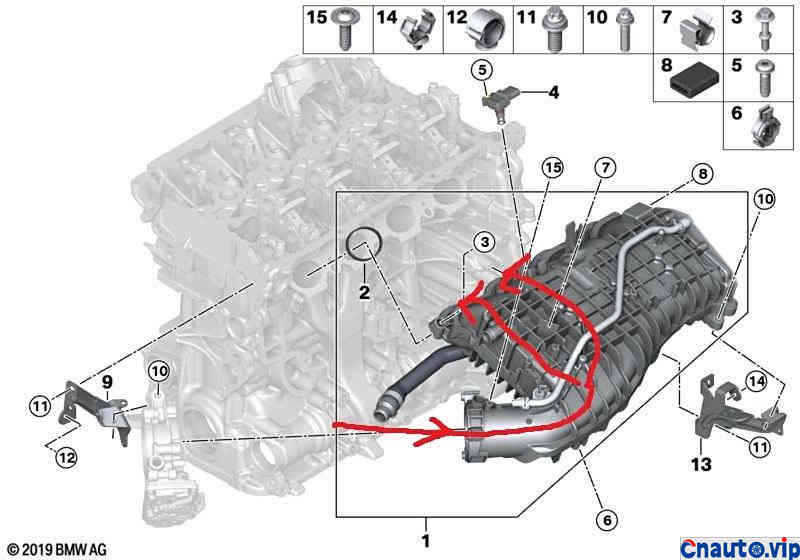
The 1 and 2 cylinders are closer to the crankcase ventilation pipe interface, which is the reason why the main 1 and 2 cylinder engine oil is more obvious.
–
What can car owners do?
1. friends who haven't bought it yet, I suggest you wait and see.
2. Friends who have already bought, pay more attention to the amount of oil when maintaining.
3. Try to run on better roads, stop-and-go low speed and idle speed may lead to faster oil consumption.
4. Watch carefully to see if the spark plug is stained with organic oil (it may be that the oil that has not been thoroughly separated re-enters the cylinder to burn, or the seal of the valve chamber cover itself is broken). In either case, protect your rights and interests in time.
5. If possible, clean the residual oil in the intake system pipe regularly (that is, the residual oil that has not been separated and then condensed in the intake pipe). The location of the residual oil is as shown below.
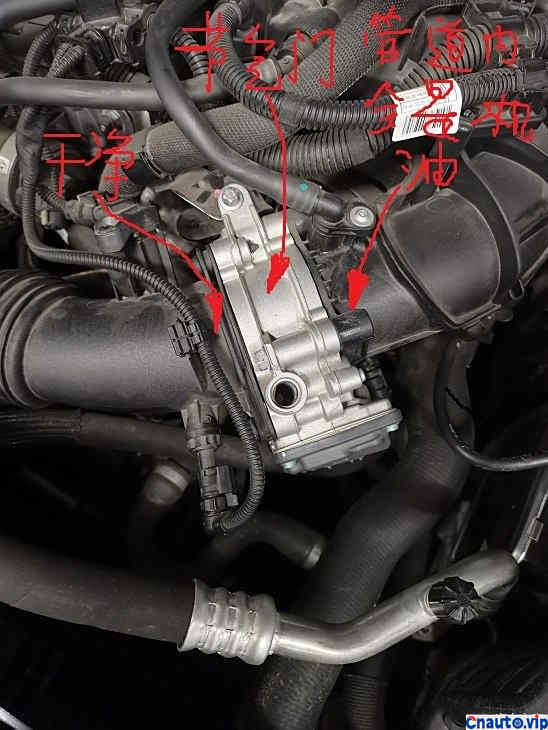
The oil will remain in the pipe at the back end of the throttle near the engine, which is presumed to be oil that cannot be separated in self-priming mode.
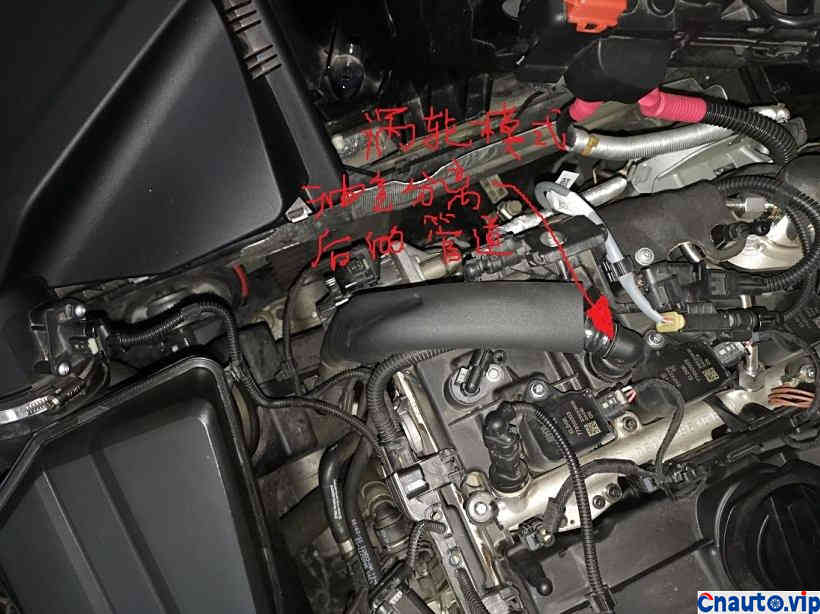
Here is the pipeline after the separation of oil and gas in the turbine mode, and if there is oil leakage at this interface, it can also be cleaned in time.
Recommended Suppliers
 April 1, 2024
April 1, 2024  March 27, 2024
March 27, 2024 
 March 27, 2024
March 27, 2024 
